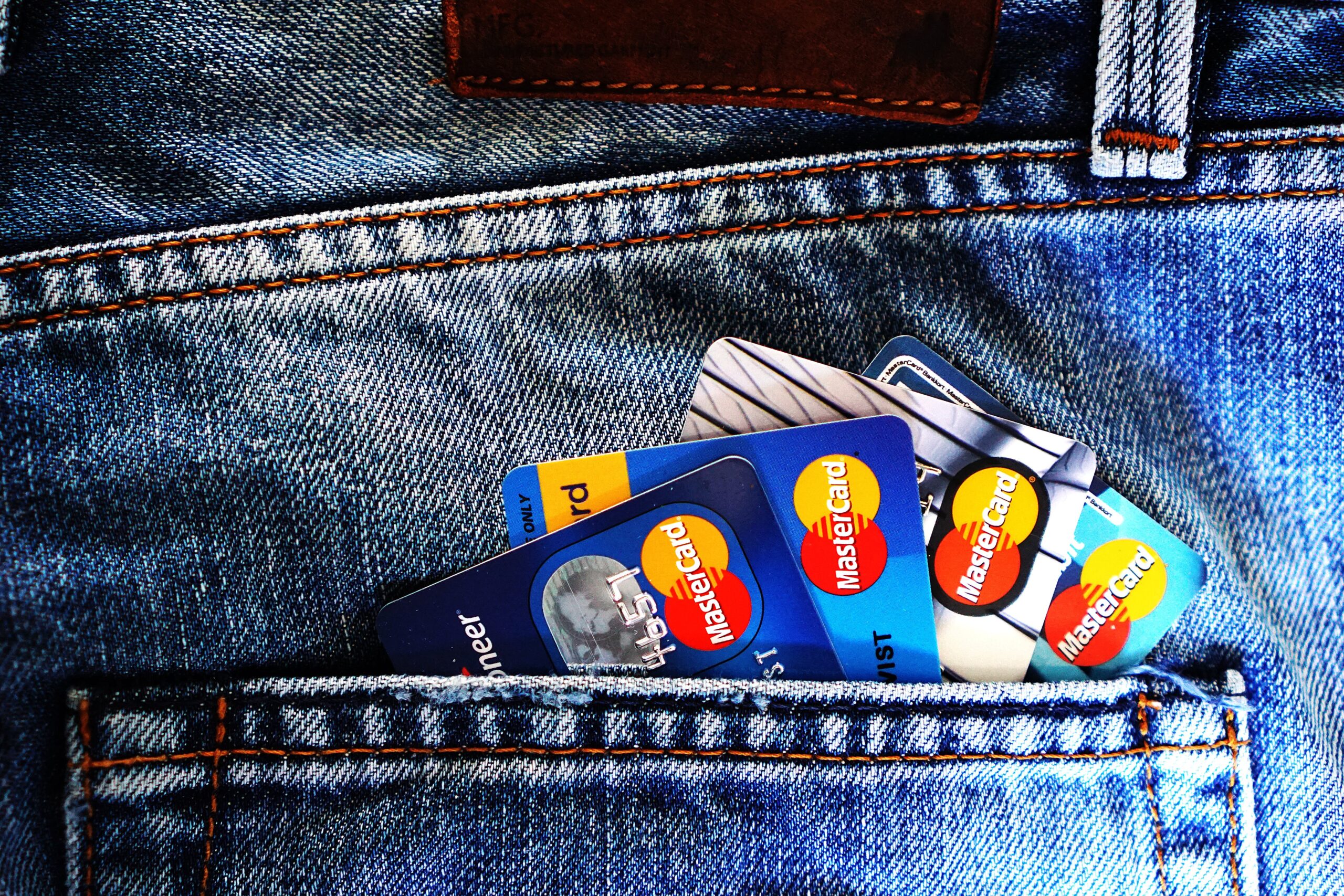Welcome back to class! In our last class, I introduced the most intuitive way of earning points and miles: actually flying and staying in hotels. That’s pretty easy! However, to truly increase your balances quickly, you will need to learn how to play the credit card game.
History
Before breaking down how credit cards can earn you points & miles, it’s important to understand a bit of history which will let you know WHY they have become such a key source of earning miles.
If you were to guess who was the most important customer to any individual airline, you might think of some individual who flew everyday all over the world to close large business deals (flying exclusively in first class of course), or maybe some big corporation – for example, at one point before the pandemic, Apple was purchasing dozens of business class flights between San Francisco and China per day.
However, you would be wrong: it would be banks. Why? Banks purchase BILLIONS of dollars worth of miles to rebate to customers when making a purchase when their credit card. On an incredibly high level, think about how credit cards work: you make a purchase from a store, the store sends that information into the digital ecosystem, which reaches a bank, who then pays the store, debiting you to eventually pay them. On the consumer level, it’s basically a digital check system (obviously there are nuances, but you get the picture).
Everyone has got to get paid, so this is how it works: instead of you paying a store with cold hard cash, the credit card company pays a store so that you can purchase a product. The store makes money by selling a product. You now owe the credit card company money, due in a certain amount of time (typically 30 days after statement close). If you pay on time, no fees are charged. However, life happens, so you may not pay it off in full, so the credit card company is able to charge you interest for the privilege of giving you more time to pay your credit card bill. They may also charge you an annual fee to pay for some perks (such as extended warranty or travel protections) and other administrative tasks.
Of important note is that banks charge stores for the privilege of swiping that card. Why you may ask? Because the store is extending a lot of risk to the bank as opposed to taking it on themselves. For example, you could pay with counterfeit cash that the teller may not recognize. You may use a bad check that won’t clear, but you’ve already left the premises with the item, so the store is out of luck. The checkout person might pocket a bit of money out of the cash register and underreport sales for the day. All of that risk goes away by using a credit card as opposed to taking cash or a check.
In order to get you to use your credit card (and increase the incidence of interest fees and get swipe charges from retailers), banks often rebate a portion of the swipe charge so that you use their card. Let’s say that retailers give 2% of every sale back to the credit card company; they then might rebate you one airline mile per dollar spent which cost them 1 cent. This gives them a gross profit of 1 cent per dollar spent on a store. This is clearly oversimplified, but you get the picture.
Why airline miles, hotel points, or proprietary bank points primarily focused on travel? It’s aspirational. People dream of using their miles to fly first class to a fancy hotel where they can relax after working hard all year. Additionally, individuals are fiercely loyal to the airlines that they fly with, so people are naturally drawn to obtain points and miles that they can use with those programs.
How to Earn Points and Miles with Credit Cards
Now, there are two main ways to earn points and miles with credit cards. The first is quite obvious: for every dollar you spend, you get a mile. For categories where people spend a significant amount (but not a large percentage of what they overall spend each month), they may get a multiplier, such as at grocery stores, gas stations, or restaurants. However, generally speaking, each credit card has a base rate that they pay out at a minimum for each purchase.
Second, it’s through sign-up bonuses. When you first get a card, credit card companies want to get you into the habit of using it everyday, so they’ll offer some number of points (typically enough for one or two flights or a hotel stay) in exchange for a couple grand in spending (traditionally $3k, but it’s been rising as of lately) in a couple of months. They give you a sign-up bonus because they want you to experience that you can get something amazing for using their card.
For example, right now, the Chase Sapphire Preferred is offering 60,000 points after $4,000 in spending in 3 months (my personal referral link, I get bonus points if you use it). Chase’s hope is that, by you using this card over and over for 3 months, it’ll be muscle memory, and you naturally reach for it for every purchase moving forward even after they give you the sign-up bonus.

Conclusion
We’ll get to how to earn a massive amounts of points in future lessons, but I hope that this is a good overview of how to earn points and miles using credit cards.
Next Thursday, I’ll go over other sources of earning points and miles that aren’t specifically related to flying or staying in hotels or credit cards.
What do you think about using credit cards to earn points and miles? Are any of your credit cards currently earning points and miles?

Comments (2)